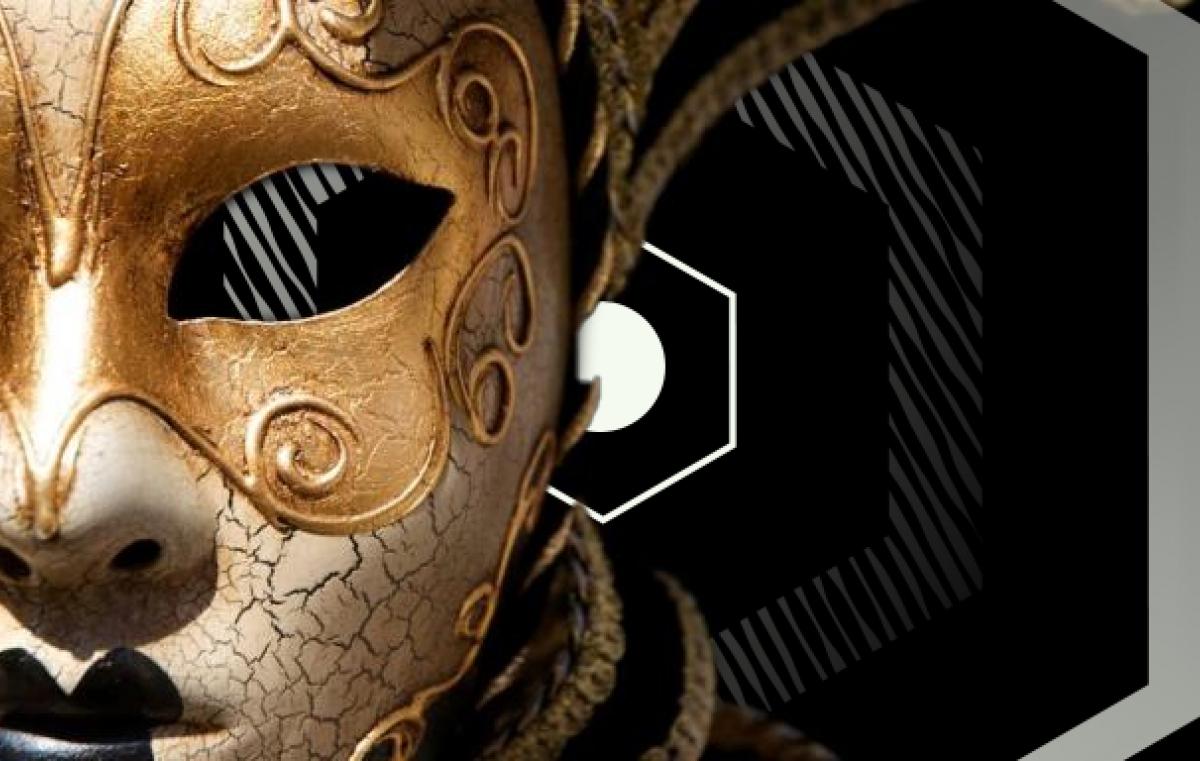Purim Customs & Costumes
From groggers (noisemakers) and costumes to hamantaschen and kreplach, Dr. Dov Herman, of BIU’s Helene and Paul Shulman School for Basic Jewish Studies, takes a closer look at some popular Purim customs.

- Blotting out Haman’s Name
The Torah commands us to wipe out the memory of Amalek (Deuteronomy 25; 19), the arch enemy of the Jewish people. Since the wicked Haman was a descendent of Amalek (Esther 3:1), symbolic acts are performed to blot out his name. As early as the fifth century CE, Haman effigies were hung on rooftops in the Land of Israel and Babylonia, and on Purim, were burned in large bonfires. However, Christian zealots accused the Jews of burning Jesus under Haman’s guise, and attacked Jews and damaged their property. Later, in medieval Germany, effigies of both Haman and his evil wife, Zerash, were burned during the Megillah reading, when their names were read.
Some communities had the custom to write “Haman” on smooth stones, which were knocked together during the Megillah reading in order to erase his name. A similar practice was well known in Roman law: the names of those sentenced to death for subversion were obliterated from bills and monuments (as described in BIU Prof. Daniel Sperber’s book, The Jewish Life Cycle: Custom, Lore and Iconography). Elsewhere, Jews stomped with their feet, struck the ground with a stick, and banged with a hammer – the “Haman clapfel” – to drown out Haman’s name. The grogger was adopted by Ashkenazic Jewry during the Middle Ages – apparently due to the influence of the Christian Church; on Easter night Christian children walked around the city and “beat” Judas Iscariot who, according to the Christian tradition, betrayed the hiding place of Jesus. The children shook noisemakers and banged sticks on iron in order to punish evil Judas. It seems that the Jews adopted this practice to beat the wicked Haman on Purim. With time, the grogger also became popular among Spanish and North African Jewry. In the Jewish Diaspora, firecrackers and small explosive devices were also used, giving rise to the shooting of cap guns when Haman’s name was recited during the Megillah reading.
- Hamantaschen
In the Middle Ages, Jews in Germany, Northern France and Italy would eat puff pastries filled with “mohn” (poppy seeds) – “mohntaschen” (poppy seed pockets) – as the bountiful poppy seeds symbolized the 10,000 silver coins that Haman promised to King Achashverosh, if he would be able to eradicate the Jews (Esther 3:9). Associating the Hebrew transcription of “mohn” with the villain Haman apparently caused the transposing of letters, with “mohn” becoming “Haman,” and the resultant combination: “Haman Taschen.” In Hebrew, these ear-shaped pockets are known as “Oznei Haman” (Haman’s Ears). In fact, to this day, ear-shaped wallets and pouches called “taschen” are sold in Germany. The triangular shape of Haman’s ears, apparently resembled hats worn by top military officers in Eastern Europe, who were generally not sympathetic toward Jews, and thus, reminiscent of the bitter enemy, Haman. Some believe that the triangular shape alludes to the three patriarchs of the Jewish nation, Abraham, Isaac and Jacob – when Haman saw them in his dreams, he immediately became weakened (tasch in Hebrew). Therefore, we eat the Mohn Tasch.
- Purim Costumes
The custom of masquerading on Purim may date back to ancient Israel. It is hinted at in the Targum Sheni (Second Targum), an Aramaic translation of the Book of Esther, which preserves traditions from the time of the Second Temple. The Targum Sheni refers to the lending of clothing to one another, possibly for the purpose of disguising oneself. This custom is also mentioned in the responsa of the Italian 15th century rabbi, Judah ben Eliezer ha-Levi Minz (Mahari Minz). However, some believe that the custom was influenced by the mask-donning participants at spring carnivals in medieval Europe.
Masquerading on Purim alludes to the idea that Divine Providence was “masked” in the Book of Esther. While the account of the events in the Megillah, and especially King Achashverosh’s behavior, may give the impression that the world runs according to the ruler’s whim, that is not the case: the world has a Divine plan, which is masked by nature. The Almighty’s name is not mentioned in the Megillah, but is rather implied in various verses, because the Almighty is concealing Himself behind the veil of nature, and a person’s mission is to reveal G-d’s presence and His Providence over the entire universe. Another explanation views masquerading as a reversal and change of character, as happened to the Jewish people in the days of Mordechai and Esther: “and the month which was turned unto them from sorrow to gladness, and from mourning into a good day.” (Esther 9:22)
- Eating Kreplach
Some Jewish communities are accustomed to eating special foods on Purim, such as seeds and legumes, like Queen Esther, who, according to tradition, ate nothing in the palace for kashrut reasons, except for seeds and legumes. Ashkenazic Jews eat “kreplach” – dough filled with ground meat. Sefer haMinhagim (Book of Customs) relays that the meat concealed in the dough symbolizes Divine Providence, which is hidden in this world. It is customary to eat Kreplach on days when we beat something: on Purim, we “beat” Haman; on Yom Kippur eve, we beat our chests for each transgression; and, on Hoshana Rabah, we beat the willow branches on the ground.